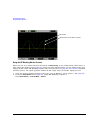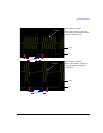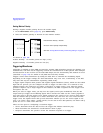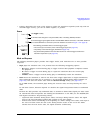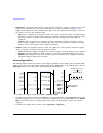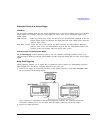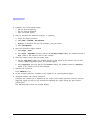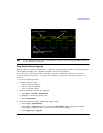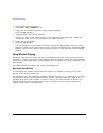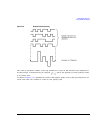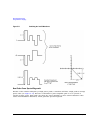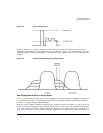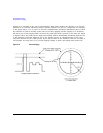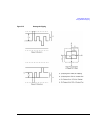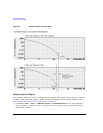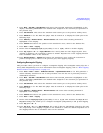
108 Chapter 3
Basic Digital Operation
Using Waveform Clipping
5. Generate the waveform sequence:
Press
Return > Return > ARB Off On to On.
6. Trigger the first waveform segment to begin playing repeatedly:
Press the
Trigger hardkey.
7. (Optional) Monitor the current waveform:
Connect the output of the signal generator to the input of an oscilloscope, and configure the
oscilloscope so that you can see the output of the signal generator.
8. Trigger the second segment:
Press the
Trigger hardkey.
The second segment in the sequence now plays. Pressing the
Trigger hardkey causes the current
playback to finish and the next segment to start; when the last segment plays, pressing the Trigger
hardkey causes the first segment in the waveform sequence to start when the current segment
finishes.
Using Waveform Clipping
Waveforms with high power peaks can cause intermodulation distortion, which generates spectral
regrowth (a condition that interferes with signals in adjacent frequency bands). The clipping function
enables you to reduce high power peaks by clipping the I and Q data to a selected percentage of its
highest peak.
The clipping feature is available only with the Dual ARB mode.
How Power Peaks Develop
To understand how clipping reduces high power peaks, it is important to know how the peaks
develop as the signal is constructed.
I/Q waveforms can be the summation of multiple channels (see Figure 3-10). Whenever most or all of
the individual channel waveforms simultaneously contain a bit in the same state (high or low), an
unusually high power peak (negative or positive) occurs in the summed waveform. This does not
happen frequently because the high and low states of the bits on these channel waveforms are
random, which causes a cancelling effect.



